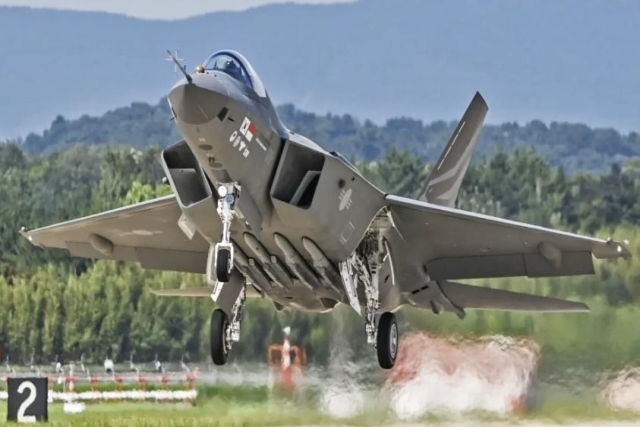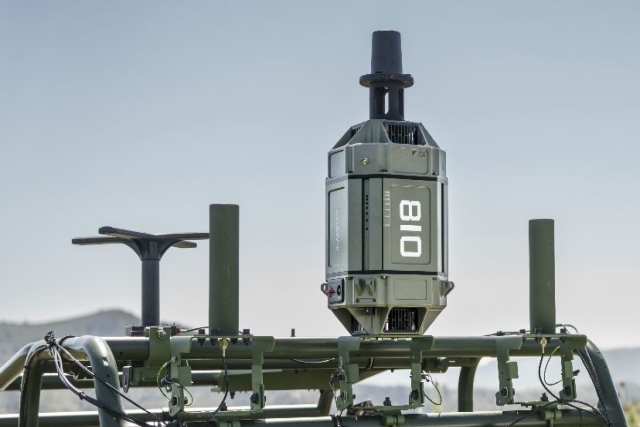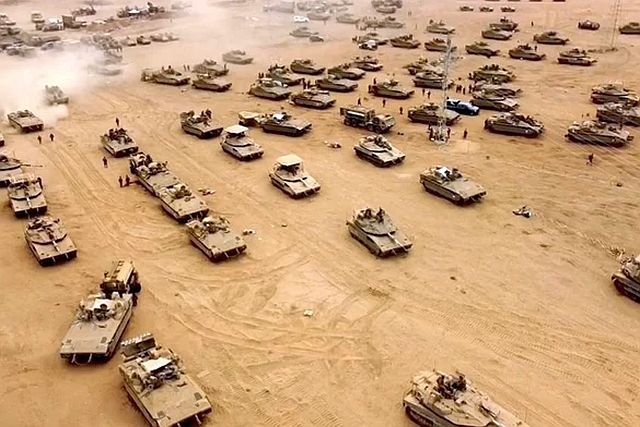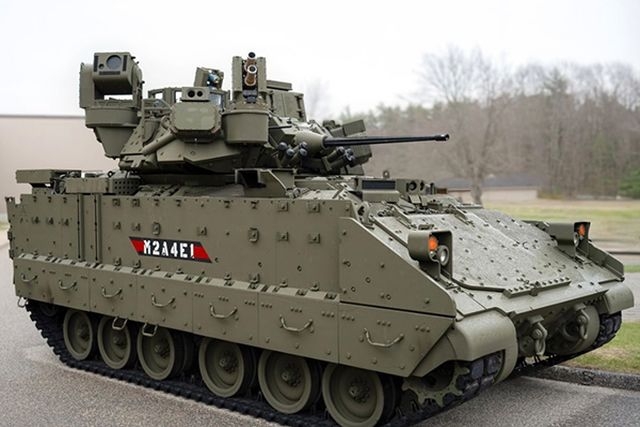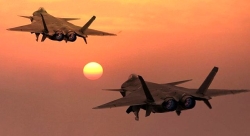Lockheed Martin Begins Critical Test Phase for First Advanced EHF Military Communications Satellite
SUNNYVALE, Calif. --- Lockheed Martin announced today that the first Advanced Extremely High Frequency (AEHF) military communications satellite is now undergoing thermal vacuum testing at the company's Sunnyvale, Calif. facilities.>> The U.S. Air Force's AEHF system will provide global, highly secure, protected, survivable communications for all warfighters serving under the U.S. Department of Defense.>> One of the most significant program milestones, thermal vacuum testing will verify AEHF spacecraft functionality and performance in a vacuum environment where the satellite is stressed at the extreme hot and cold temperatures it will experience in space throughout its 14-year design life.>> AEHF thermal vacuum testing is conducted in Lockheed Martin's Dual Entry Large Thermal Altitude (DELTA) chamber and is one of several critical environmental test phases that validate the overall satellite design, quality of workmanship and survivability during space vehicle launching and on-orbit operations.>> "The start of spacecraft thermal vacuum testing represents a significant achievement for the entire government-industry program team," said Leonard F. Kwiatkowski, Lockheed Martin vice president and general manager of Global Communications Systems. "We look forward to executing a successful test and delivering the unprecedented communications capabilities that AEHF will provide to our military.">> Following completion of spacecraft thermal vacuum testing in late July, the team of Lockheed Martin Space Systems, Sunnyvale, Calif., the Advanced EHF prime contractor, and Northrop Grumman Space Technology, Redondo Beach, Calif., the payload supplier, will perform environmental test data analysis and remaining integration and test activities necessary to prepare the vehicle for flight. The spacecraft is planned for delivery to the Air Force in early 2009 in preparation for launch aboard an Atlas V launch vehicle.

